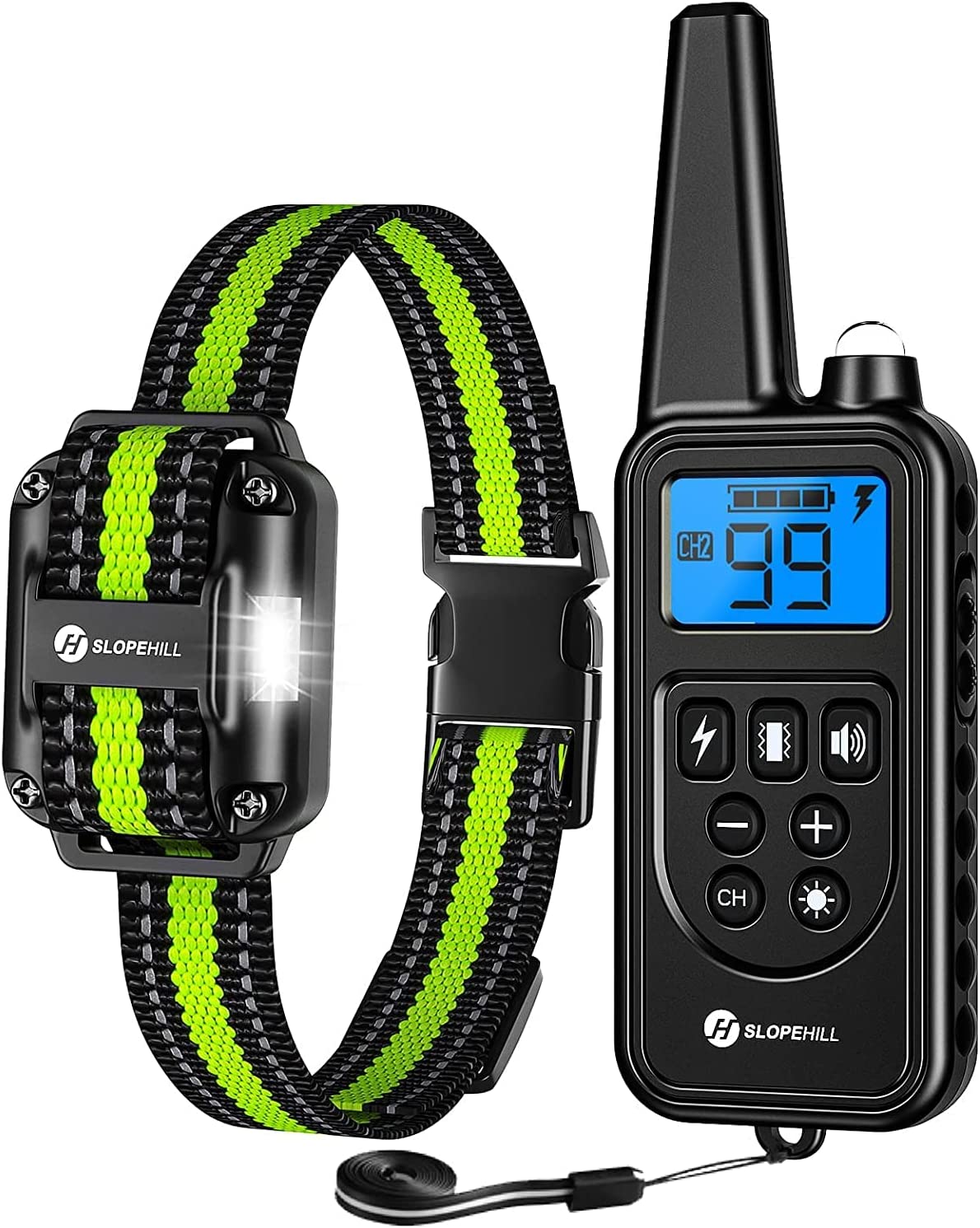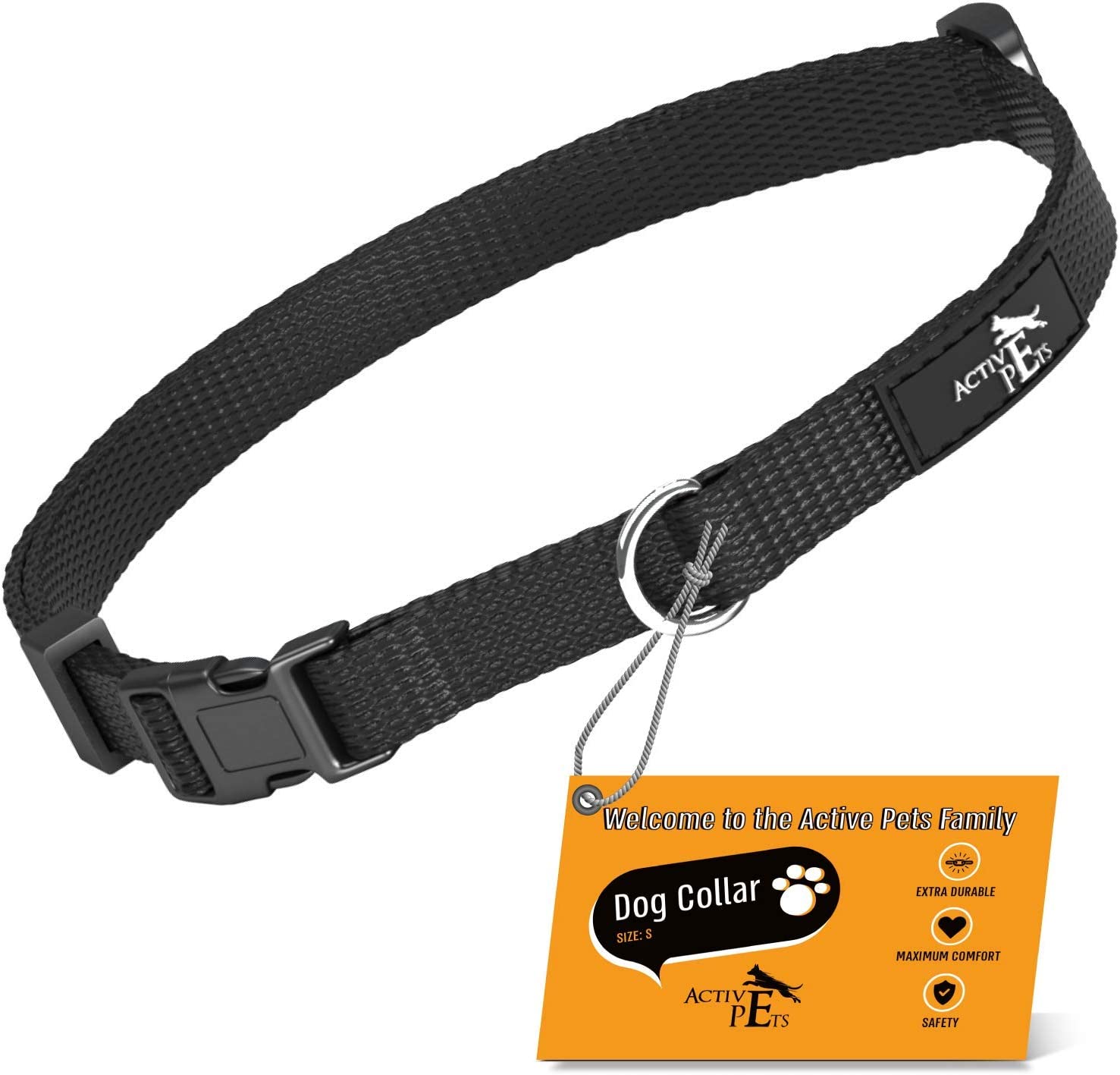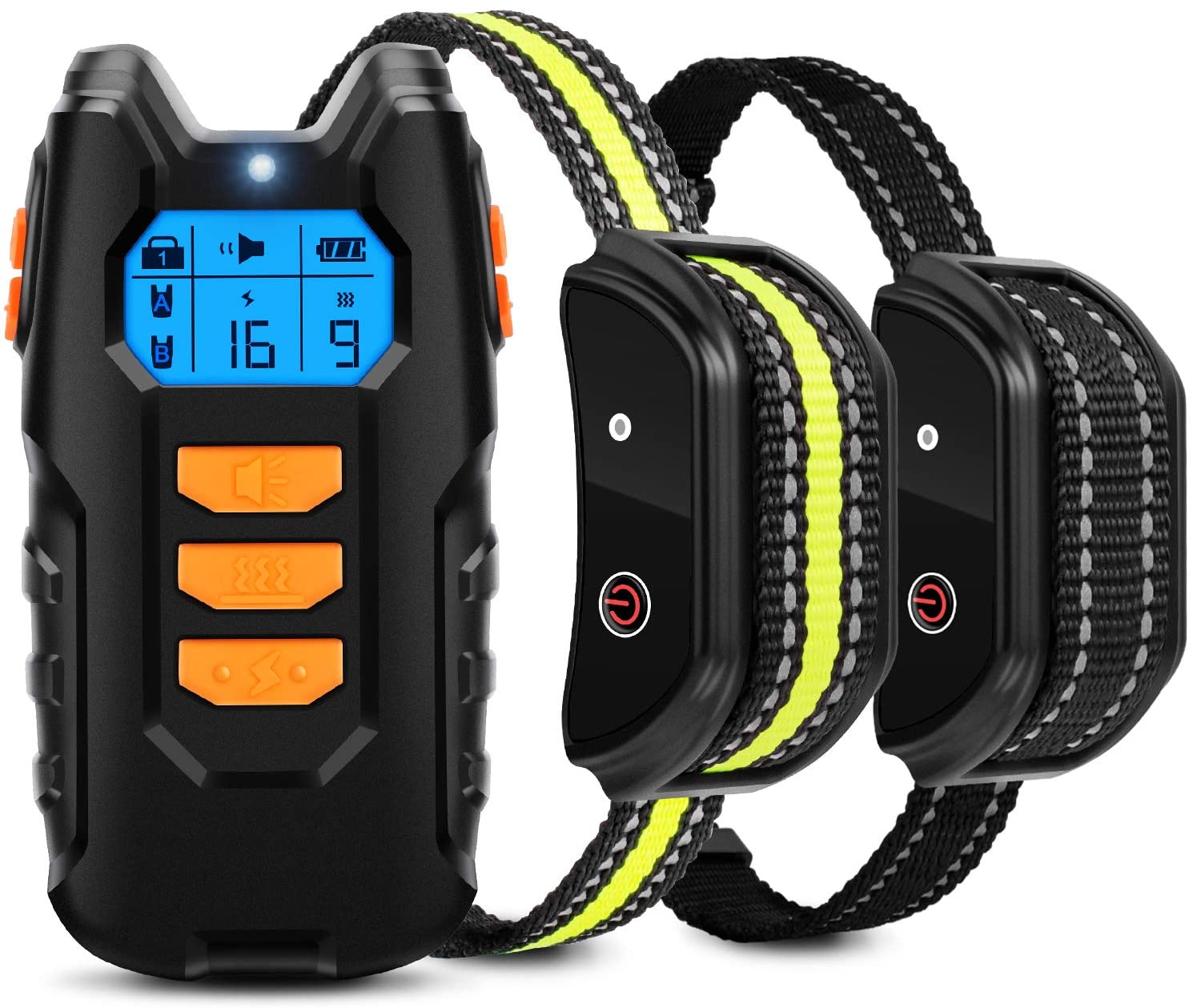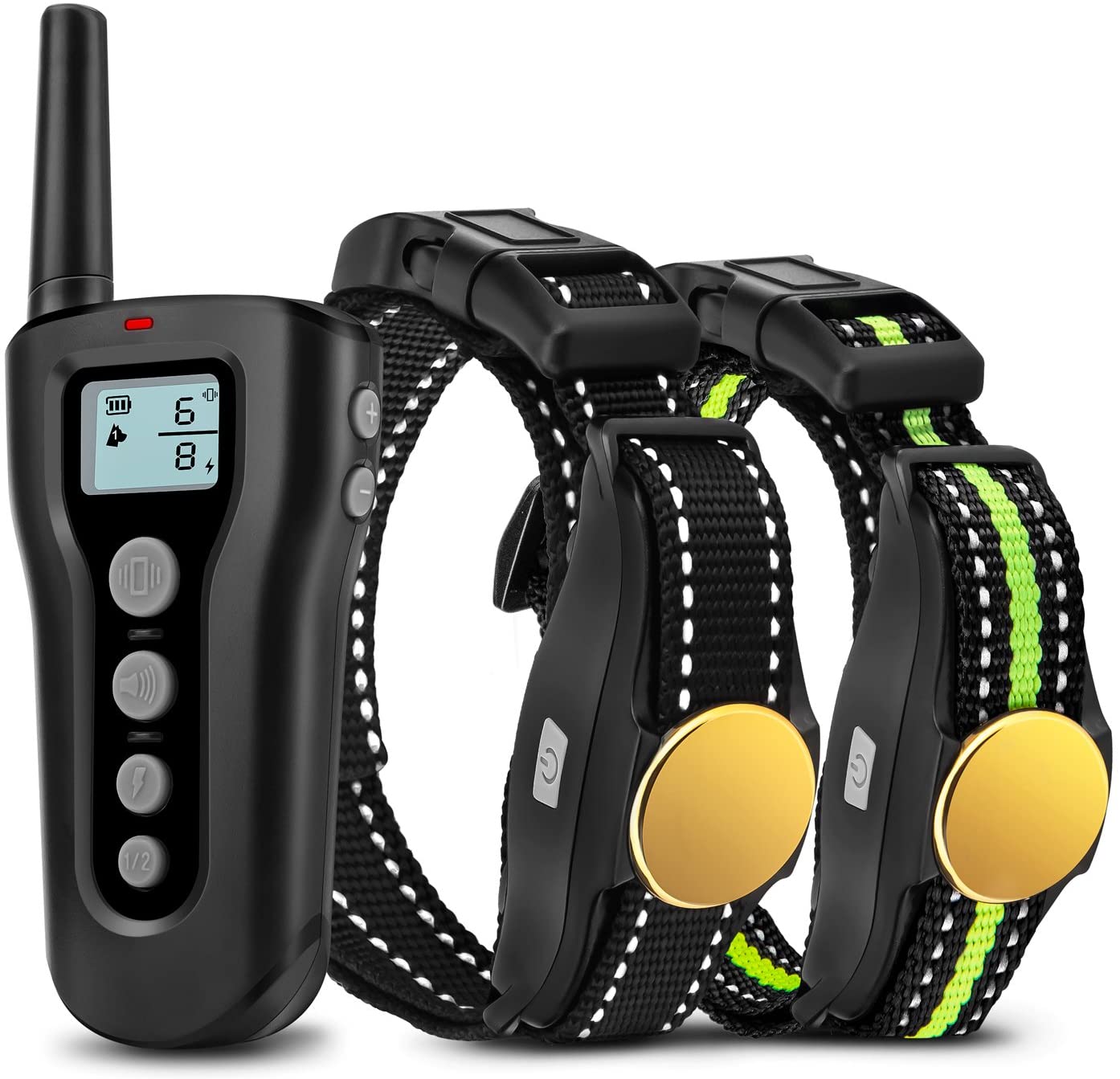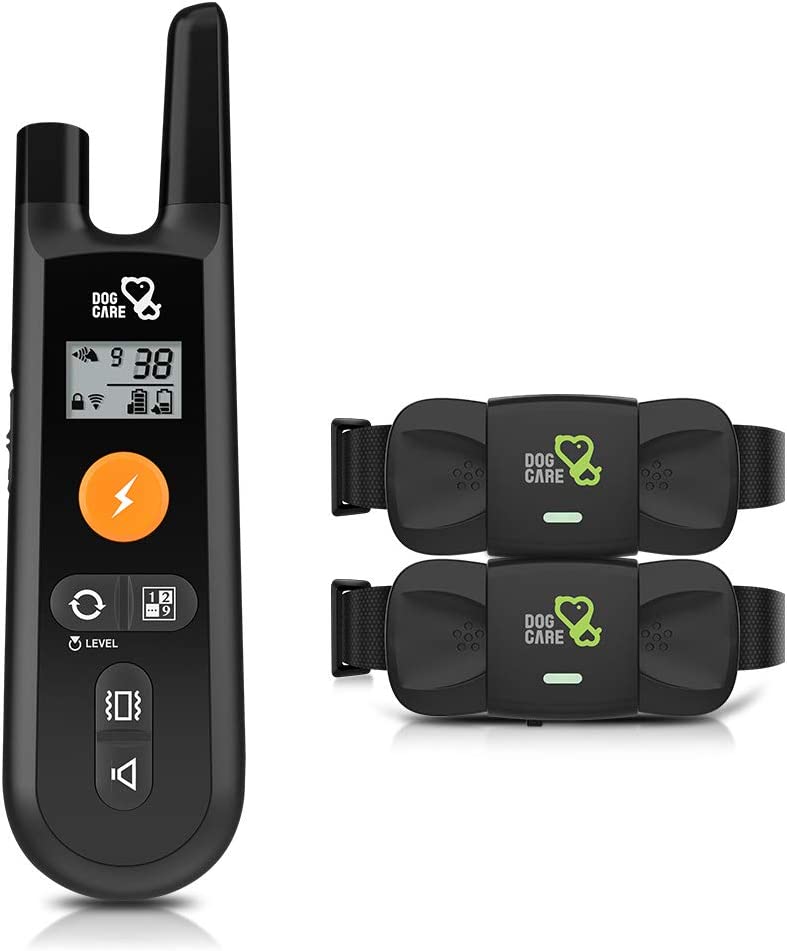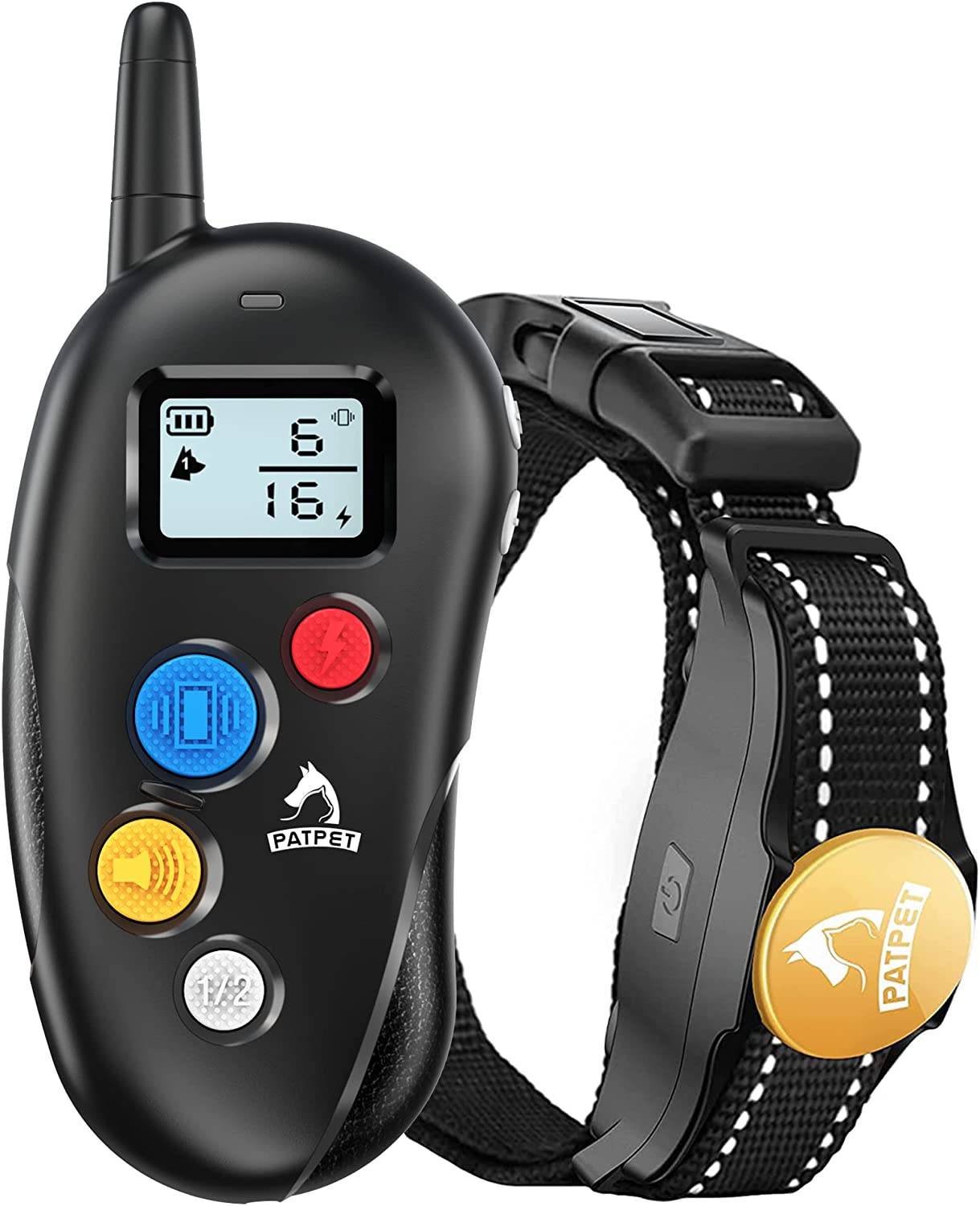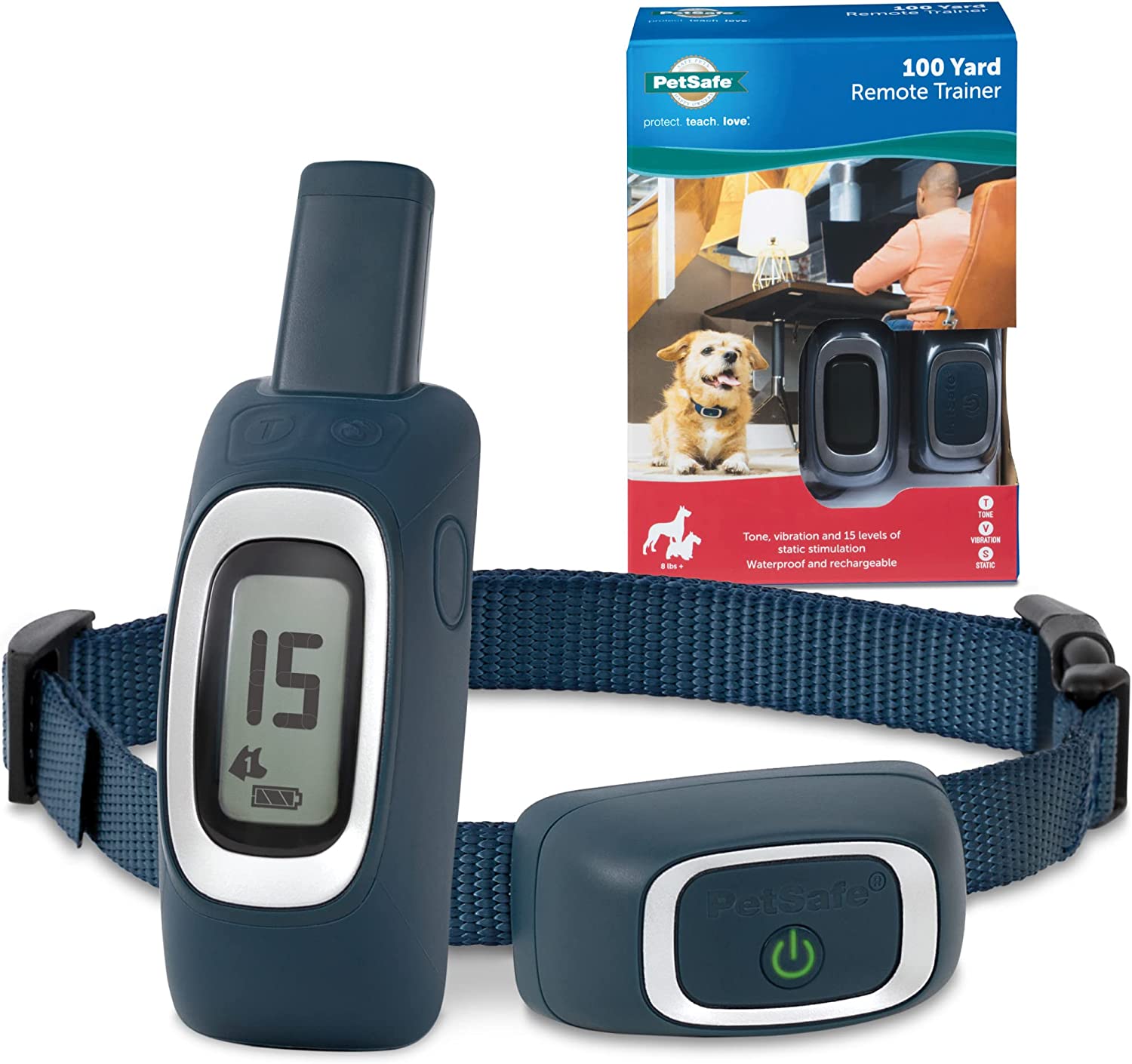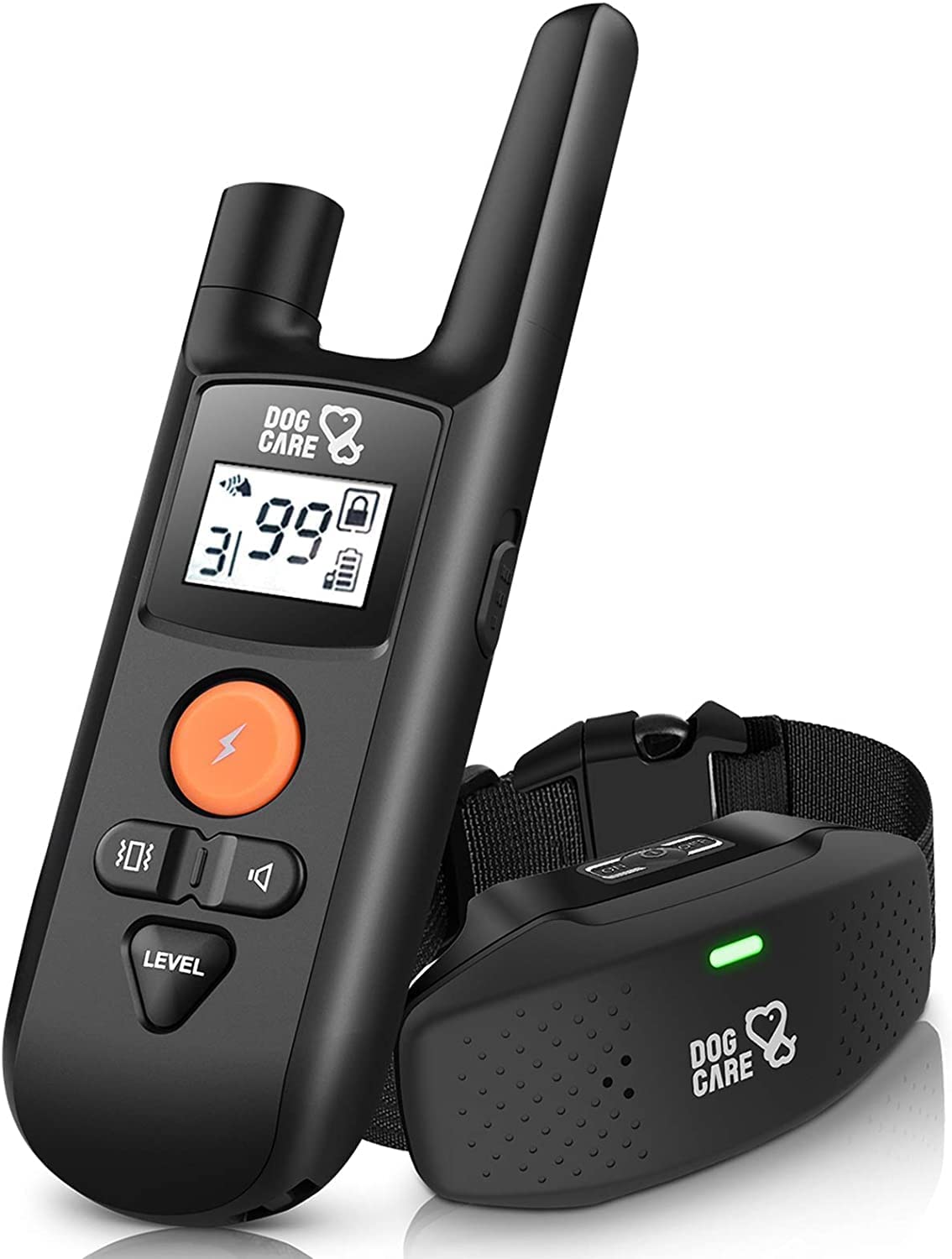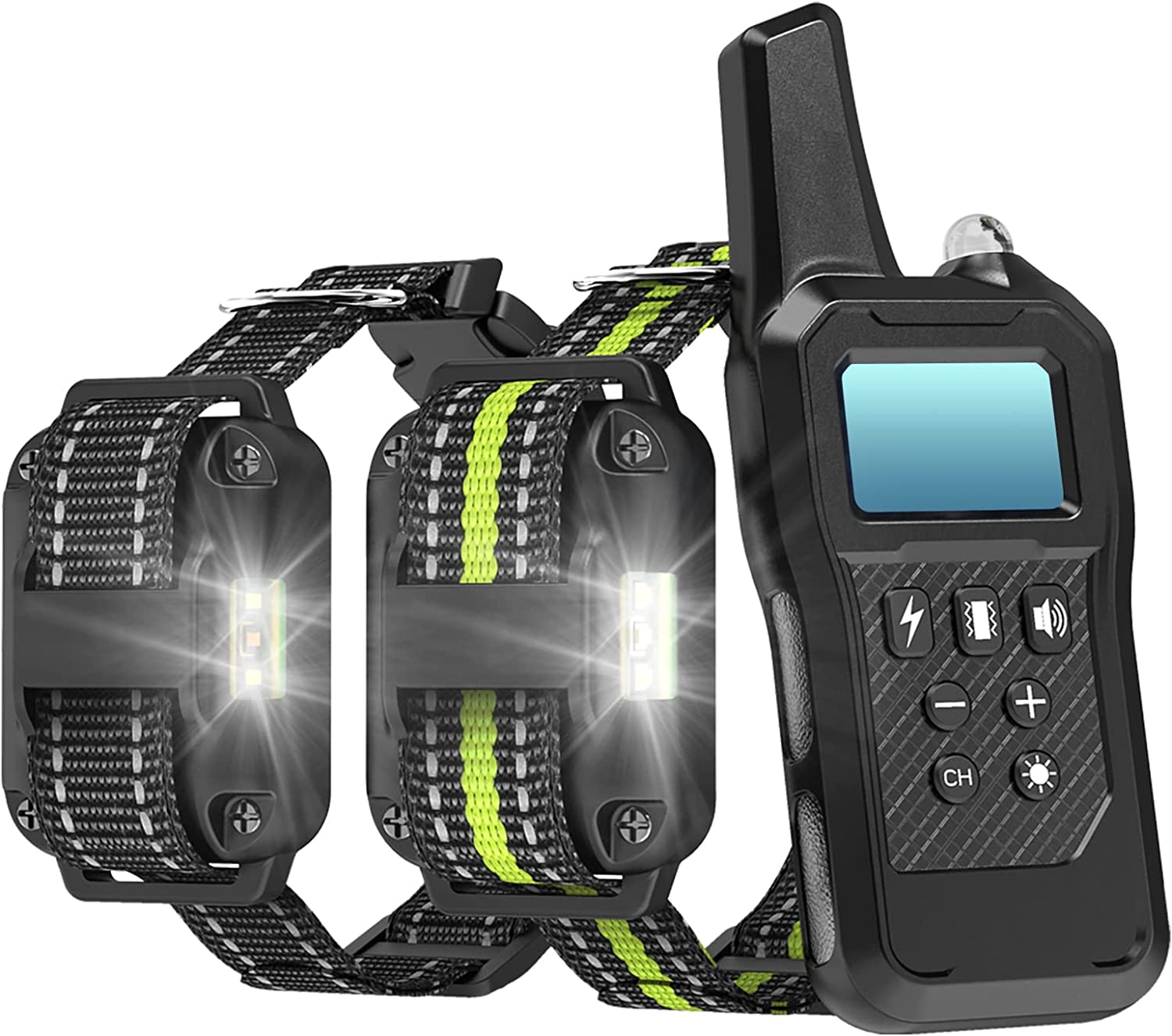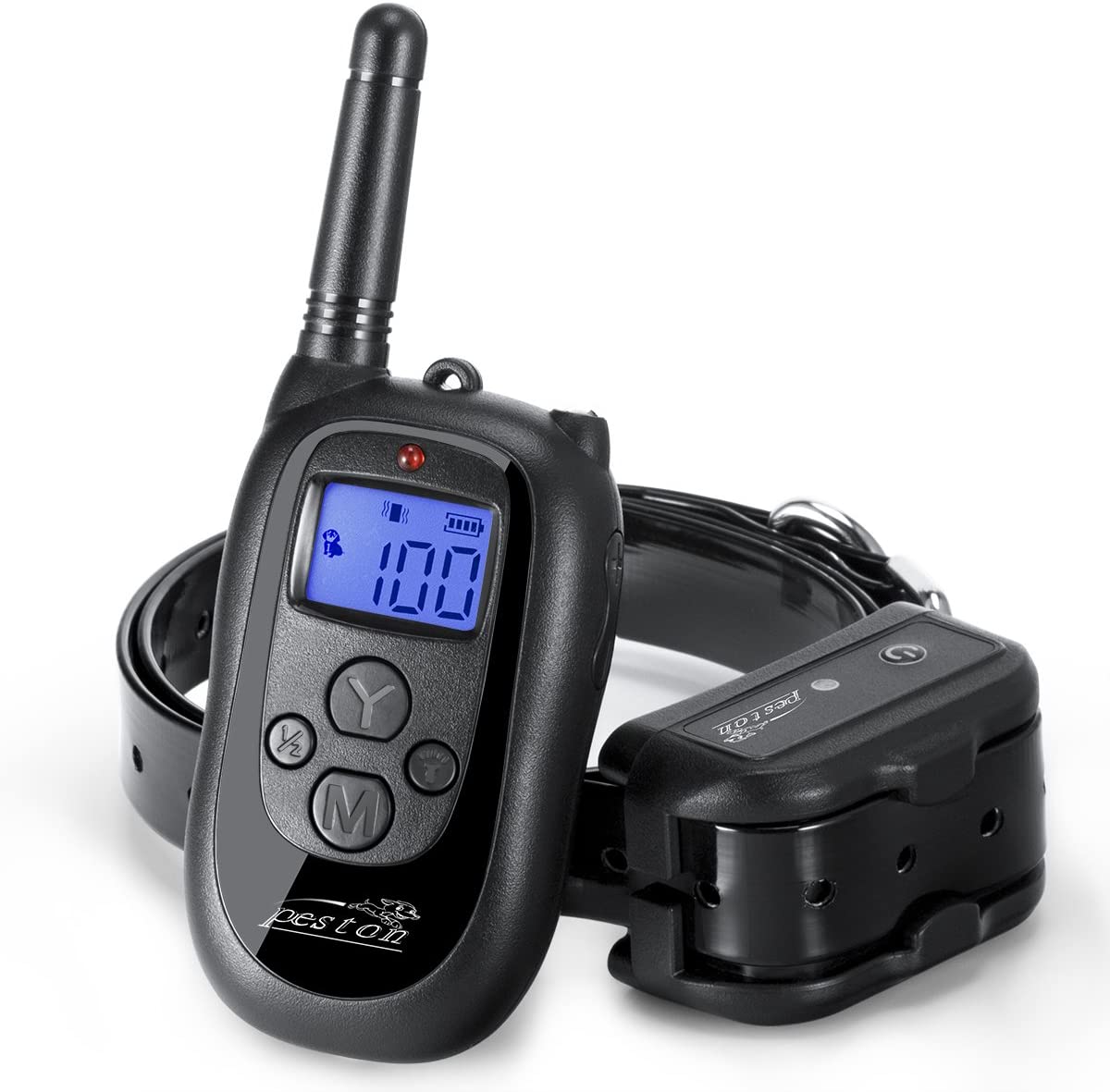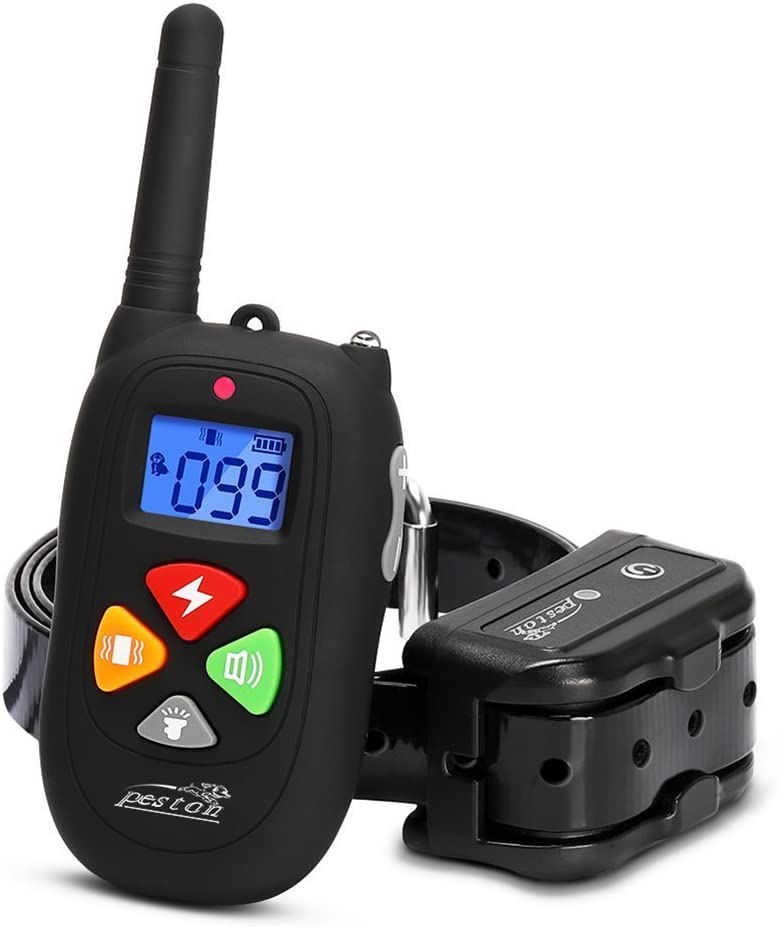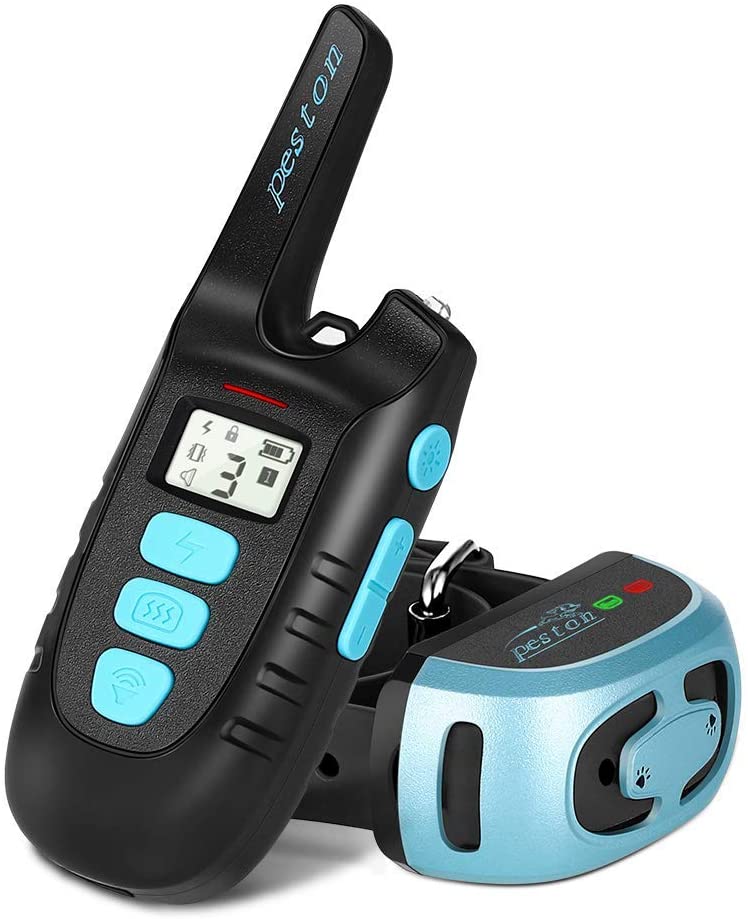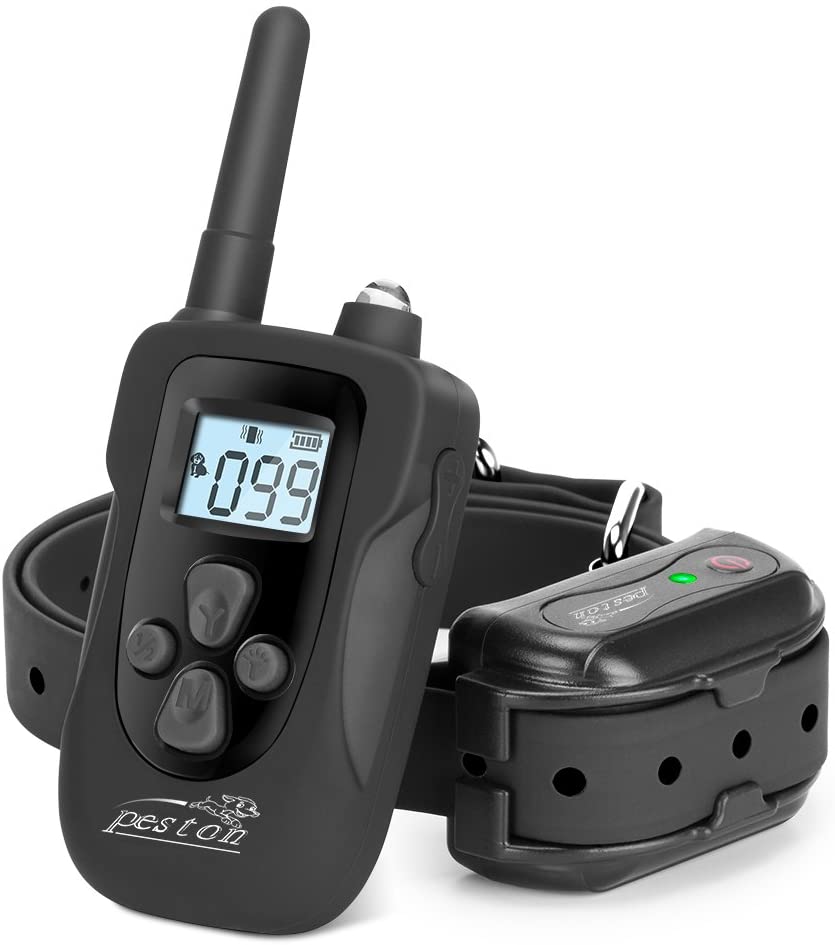Slopehill 3-Mode Dog Training Shock Collar
Last updated: August 3, 2022
We looked at the top Dog Training Collars and dug through the reviews from some of the most popular review sites. Through this analysis, we've determined the best Dog Training Collar you should buy.
Product Details
In our analysis of 62 expert reviews, the Slopehill 3-Mode Dog Training Shock Collar placed 6th when we looked at the top 13 products in the category. For the full ranking, see below.Expert Reviews
What reviewers liked
The training collar receiver is waterproof and boasts Lithium-Polymer batteries that charge in 2-3 hours and last 15-20 days.
It has been made in a waterproof and rechargeable design to give your pet flexibility amid the outdoor activities
Good battery life
Collar length adjusts from 8-27 inches to fit dogs weighing from 10- 110 pounds
Big LCD remote control.
Has four training modes
The collar and transmitter are 100% waterproof.
- Dogable
Lock feature prevents accidental shocks, beeps, or vibrations reducing the chances of over-correction.
2600 feet remote range – This will let you enjoy the training time with your pet in a long distance up to 2600ft(no obstacle) and 350ft(with an obstacle).
What reviewers didn't like
Reversed shock and vibration buttons
Shock feature has a delay of a second or two
Some customers complained of sleep function but the company gives 2 years warranty for refund or replacement.
Simple to press wrong buttons
The collar’s overall quality could be improved. The nylon rips after a while
- Dogable
A few users have found the shock levels to be too strong and harmful to the dog.
View our Dog Training Collar buying guide for in-depth advice and recommendations.
